Brand safety solutions: The challenges in targeting shifting goalposts
Brand Safety is about preventing the loss of trust between a brand and a customer. Without trust revenue, brand equity, customer perception all can be lowered or lost. A transparent industrial advertiser-brand safety vendor relationship is the key to success here. In layman’s terms brand safety is a measure that aims to protect the image and reputation of a brand from negative or damaging influence of questionable or inappropriate content when advertising online. Clearly brand safety issues are not going away, on the contrary they are likely to increase with the increased spends in the digital environment.
In the last two years, with COVID-19 playing catalyst, the digital investments for each of the brands have skyrocketed. With increased complexity of protecting the brand’s image and reputation from the rise and threats ranging from fake news to inappropriate content, digital supply chain ad fraud, etc.
Brands are going direct to consumers, using digital platforms to sell products, sell services, build communities, beyond building communities and reputation, digital and brand safety are some of the things which go hand in hand. In fact, in India, we have noticed that the adaptation towards brand safety has been more reactive than proactive.
To discuss more about brand safety, Adgully’s MOBEXX Summit and Awards 2021 turned the spotlight on ‘Brand safety solutions - Targeting shifting goalposts’.
Moderated by Nikhil Kumar, Vice President - Mediasmart, Affle, the esteemed panellists included:
Chintan Soni, Vice President - Digital Madison
Loveleen Gajria, Vice President -Media, Emami
Meghna Chettri, Chief Manager, ICICI Bank
Surabhee Gupta, GM - Marketing, Lenskart
Giving her take on what brand safety means for the environment that she works in and what it means in terms of digital or in terms of overall brand safety for consumers, Meghna Chettri said, “Brand safety is about ensuring that you are giving a safety net to your brand advertisement across digital mediums. This means different things to different brands and within the organisations as well, so you need to identify what are the categories, content pieces, audience type that are appropriate or not appropriate for you. It comes from as basic as identifying the right TG and delivering the right advertisement to them.”
Nikhil Kumar noted here that while brand safety in generic terms would have a similar meaning for all, but probably to banking 1.0s that one probably cannot skip across, which will be very different across ICICI Vs Emami Vs Lenskart Vs Madison.
Sharing her perspective, Emami’s Loveleen Gajria said, “Digital in India has had a long journey from the metros, or what Google calls India 1, to India 2, that is, small towns and is more vernacular skewed. So, 70% of the new Internet users are coming from India 2 and that has raised a lot of questions on the standard global norms that are there to measure and put into practice for brand safety. We know that we need to constantly evolve and as brand custodians, we need to take adequate measures to make sure that these brands that we manage and we have built are in safe hands and in safe environments, and put the right foot forward, which is suitable for talking to these consumers.”
Giving a perspective on what brand safety means for Lenskart, Surabhee Gupta said, “For us, whenever we are showing any kind of product in our ads, what we have seen is that the more product images that we put up, the better it has worked for us. Consumers want to look at the product first and then go and buy it. They get miffed it they don’t find the product, which they have seen, either in the stores or online. For us, that is also a kind of brand safety, to ensure that we do not put up any images of our products that are not there in stock. Hence, whatever shoots and images that you see in Lenskart ads are all done in in-house shoots; we do not use any outsourced images. We also make sure that none of our partners use any outsourced images as well. We research and check every information with due diligence before sharing it with our customers.”
Being the bridge between the demand and supply side, Madison’s Chintan Soni said, “I will straight away link brand safety to the ROI metrics. If you look at India, we are 75,000 crore AdEx and still a large part of the entire AdEx gets spent on traditional media, where it is easy to maintain brand safety standards, because you know what kind of placements you are buying, what kind of products you are buying, what kind of context that you are actually going to air on, what kind of spots that you are going to buy and so on, so forth. But when it comes to digital, you are airing your communication across millions of placements and millions of platforms, it is virtually impossible for you to do the filtration manually. Brand safety is something that you need to put a certain filter that comes along with your DSP, plus there is some third party verification that you can actually use so you make sure that you are reducing the risk at the lowest possible percentage.”
This is an edited excerpt. For the complete discussion, watch below:







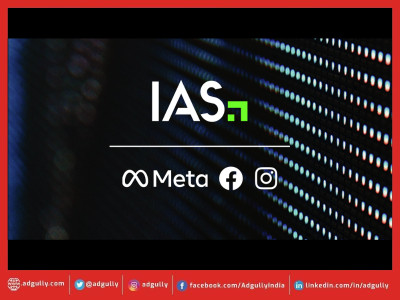




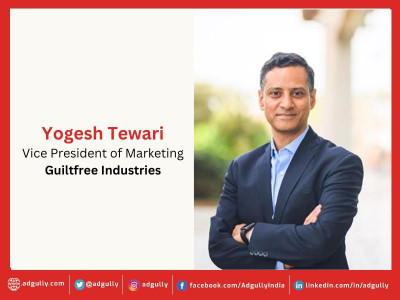
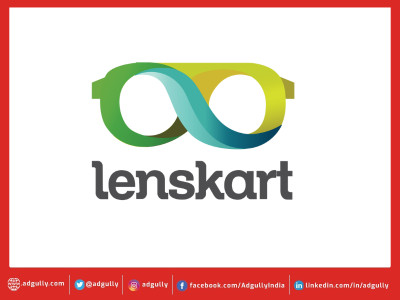
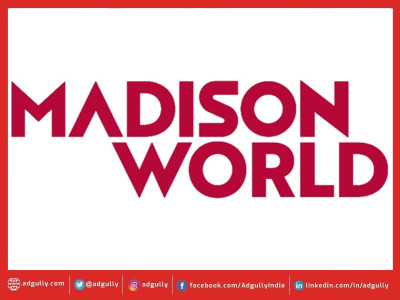
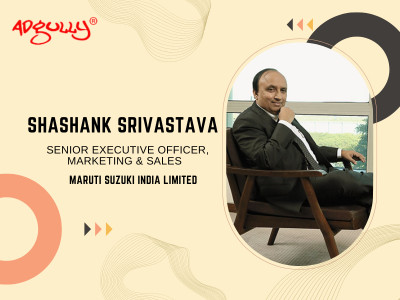


Share
Facebook
YouTube
Tweet
Twitter
LinkedIn